How Bio-Stimulants Can Support Organic Certification Goals
- CropBioLife

- Jul 21
- 3 min read

Empowering Organic Farming with CropBioLife
In an era where sustainability and transparency are becoming the cornerstones of agriculture, organic certification is more than just a label — it’s a commitment to soil health, biodiversity, and clean food production. However, transitioning to or maintaining organic farming can be challenging, especially when it comes to supporting crop productivity without synthetic chemicals.
This is where bio-stimulants, particularly those like CropBioLife, can play a transformative role.
What Are Bio-stimulants?
Bio-stimulants are natural or nature-identical substances that stimulate plant growth and development — not by supplying nutrients directly, but by enhancing the plant’s own physiological processes. They improve nutrient use efficiency, increase stress tolerance, and stimulate root and shoot development.
Unlike fertilizers or pesticides, bio-stimulants do not directly act against pests or diseases, making them highly compatible with organic principles.
The Organic Certification Challenge
Organic certification standards — such as those set by NPOP (India), USDA Organic, or EU Organic — emphasize:
Avoidance of synthetic inputs
Promotion of soil biological activity
Environmental sustainability
Use of naturally derived substances
For many farmers, these requirements create a tightrope walk: How to maintain yields, improve crop resilience, and reduce input costs — all while staying within the narrow bounds of organic compliance?
CropBioLife: A Bio-stimulant Built for Organic Integrity
CropBioLife is a flavonoid-based foliar spray that enhances plant health and productivity without synthetic residues. Its plant-derived actives are designed to work with nature, not against it.
Here’s how CropBioLife helps support organic certification goals:
1. Naturally Sourced and Residue-Free
CropBioLife contains naturally occurring flavonoids, plant signalling molecules that regulate stress responses, photosynthesis, and microbial interactions. It leaves no chemical residues on the crop, soil, or environment — aligning perfectly with organic standards.
2. Soil Health and Microbial Support
Organic farming emphasizes living soils. CropBioLife stimulates beneficial soil biology by enhancing root exudation and microbial diversity, helping to regenerate degraded soils naturally — without synthetic soil conditioners.
3. Boosts Nutrient Efficiency
Even in organically managed fields, nutrient deficiencies can limit yield. CropBioLife improves nutrient uptake efficiency, especially under stress, ensuring the plant uses available resources more effectively, thus reducing the need for off-farm organic inputs.
4. Supports Early Growth and Flowering
In organic systems, early plant vigor is critical due to limited pest and weed control options. CropBioLife strengthens early growth, flowering, and bud retention, setting the stage for higher yields and uniform ripening — key to profitable organic farming.
5. Stress Resilience Without Chemicals
Organic crops often face more stress from pests, drought, or UV exposure due to restricted input options. CropBioLife increases resilience to abiotic stress (e.g., heat, drought, UV-B), helping farmers maintain quality and yields in challenging environments.
A Smart Step Toward Certification
Using CropBioLife can be a strategic tool for farmers working toward organic certification — or looking to enhance their current organic practices. By promoting natural plant functions and reducing reliance on synthetic inputs, it supports both the philosophy and practical demands of certified organic farming.
Final Thoughts
Organic certification is not just about input substitution; it’s about working in harmony with nature. CropBioLife fits seamlessly into this philosophy. With its science-backed, plant-friendly formulation, it helps farmers not only meet organic standards but thrive within them.
Interested in making CropBioLife a part of your organic journey?
Contact us to learn more about field results, application schedules, and certification compatibility.






Comments